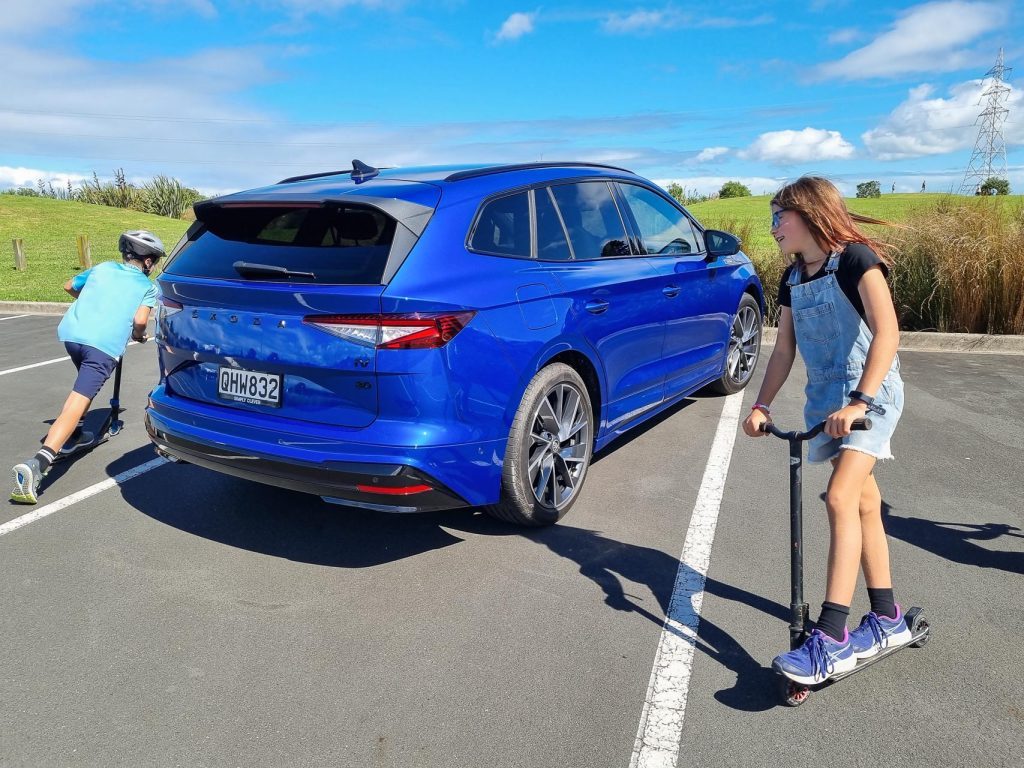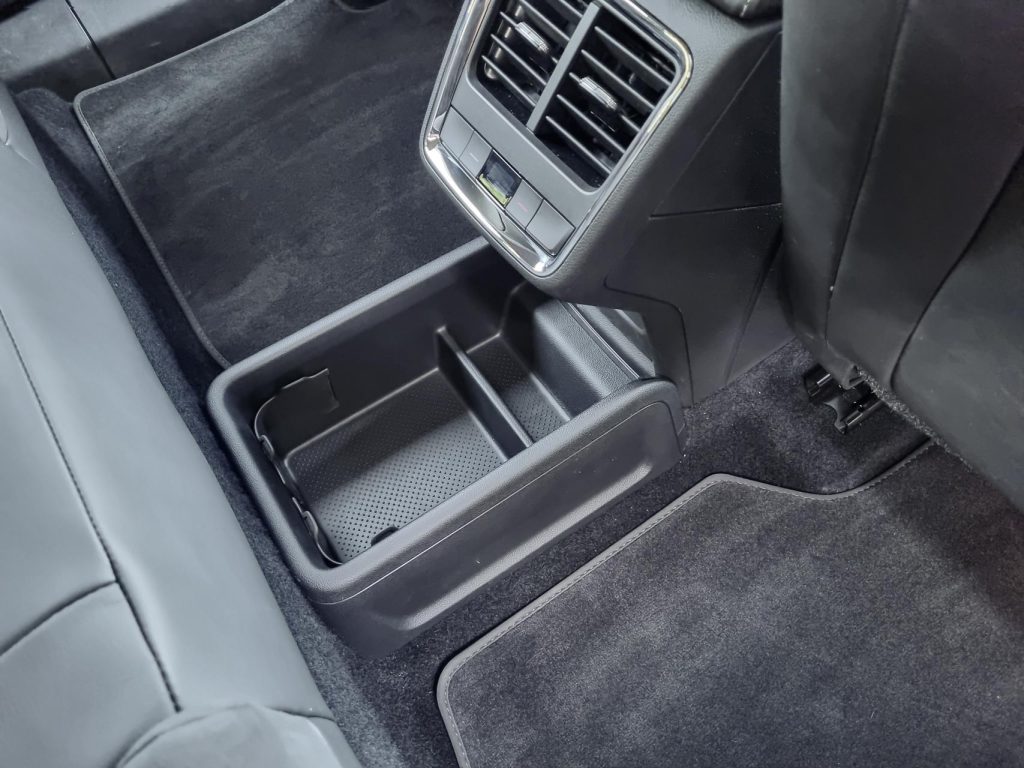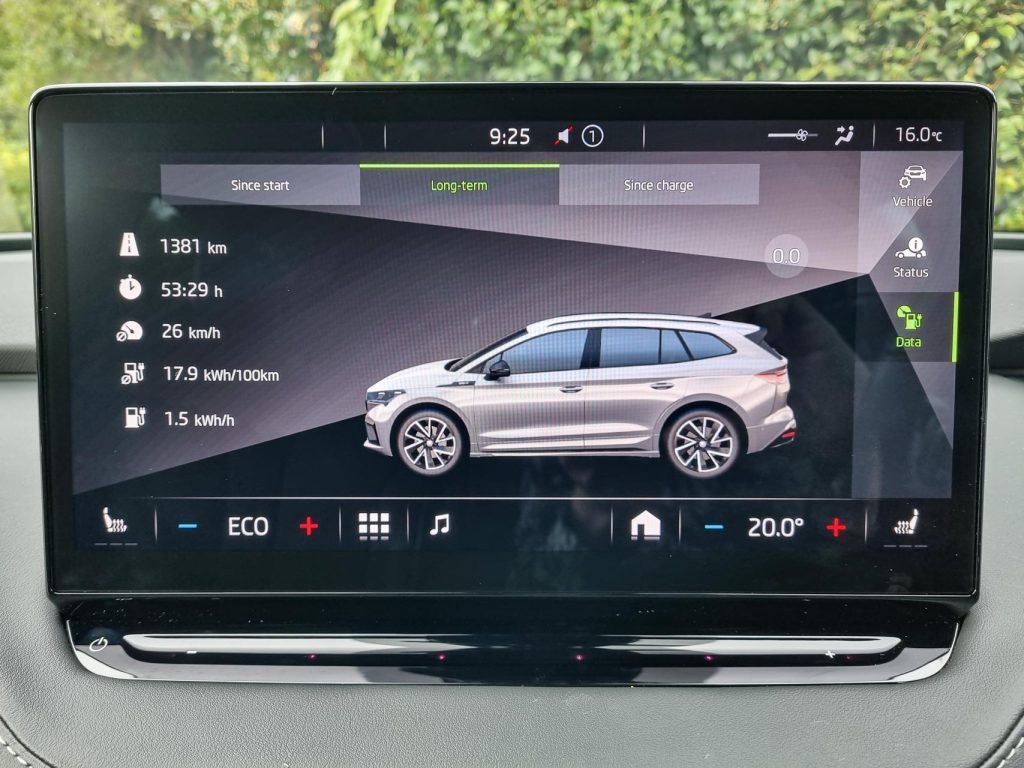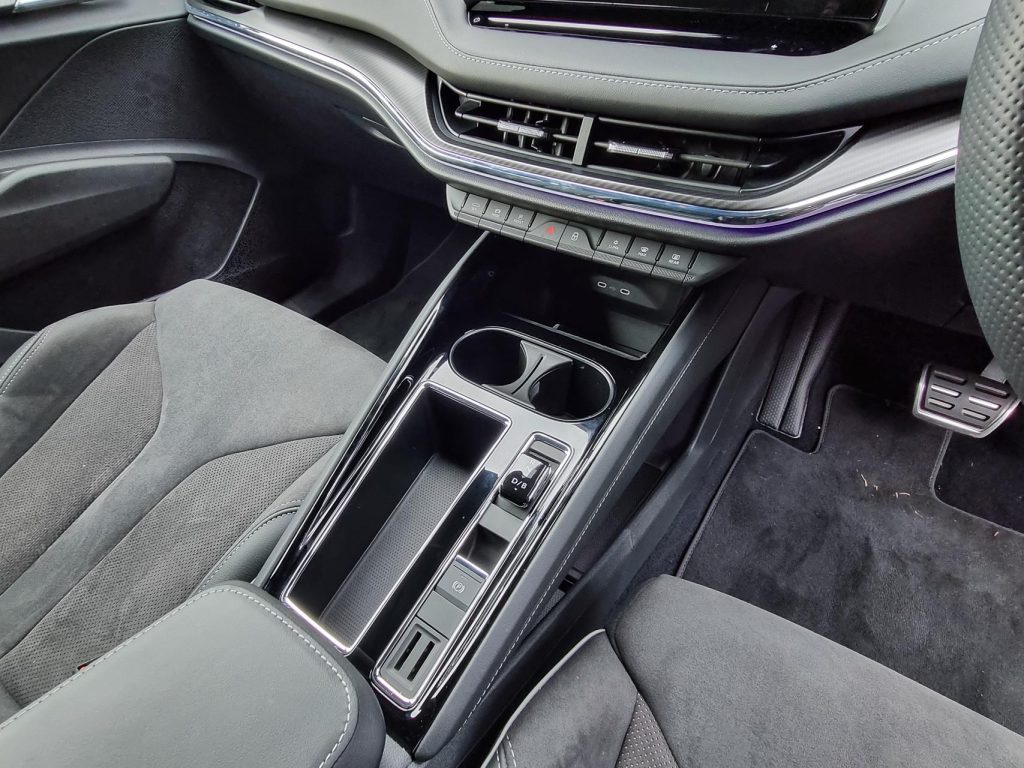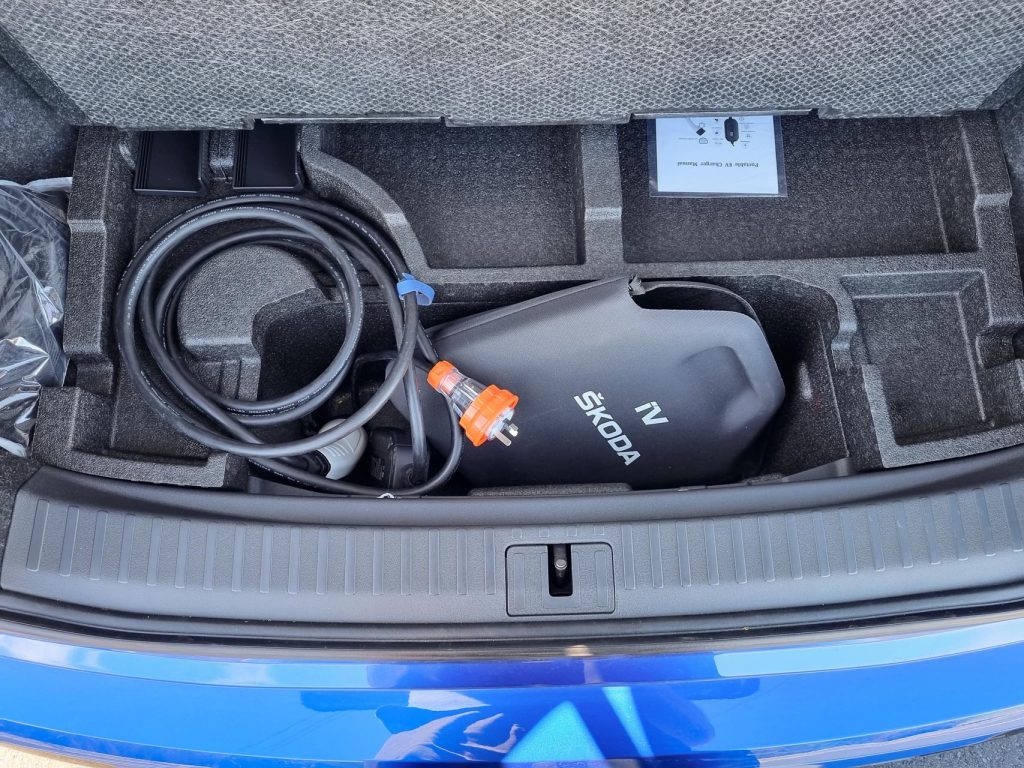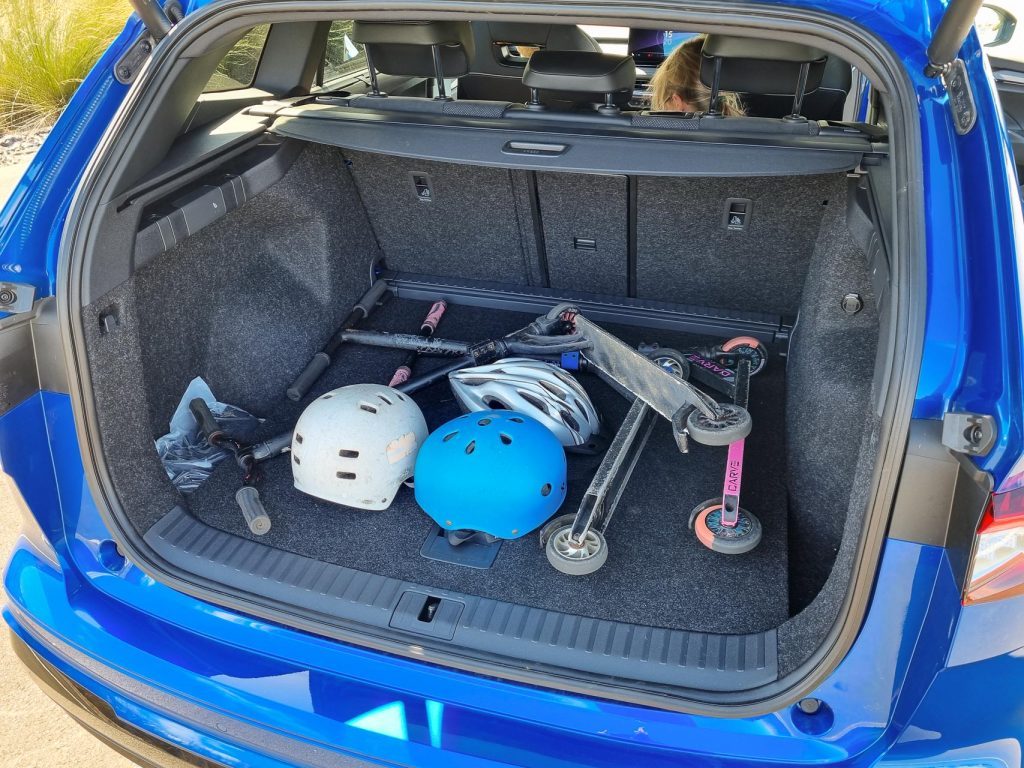2023 Skoda Enyaq Sportline 80 long term review
The 2023 Skoda Enyaq Sportline 80 stands out for its practicality, comfort, and impressive electric range.

The timing wasn’t great for our last report on the Enyaq, given the day after we went to print, Skoda announced an attractive price reduction. And so what was once $80k is now $68k.
That makes it a better deal than getting the now defunct rebate. We’re not sure how the first few hundred buyers of the Enyaq might feel but for potential customers now is a great time to buy.
And the Enyaq is an even better car now that it’s a whole lot cheaper to own. It’s now more affordable than a Superb and a plug-in Octavia, and most Kodiaq models. So don’t let the naysayers tell you EVs are still too expensive.
They are cheaper to run too. Over the course of 1350 kilometres travelled (mainly urban miles, a mix of motorway and suburban commuting) the Enyaq has averaged 17.9kWh/100km in terms of energy consumption.
At the national average of 33 cents per kWh, it’s costing under $6 per 100km. Even an efficient (and much smaller) hybrid at 5L/100km will add up to $14 per 100km (at $2.80 a litre), while a Kodiaq would be $22.
Incoming RUCs will have an impact on the Enyaq, however. These charges will be greater than the cost of the electricity over 1000km at $76 versus $60.
At $136, it’s still much cheaper to run than the Skoda Kodiaq at $220 (and that’s providing you manage to achieve the stated 8L/100km and find a cheap source of 95 octane), and just ahead of the hybrid ($140).
The petrol/electric still emits CO2 and other nasties into the local environment though.
That reminds us of another point EV naysayers will raise; additional particulate matter from the brakes and tyres of an EV due to their weight.
While we can’t comment about tyre wear after 1000km, the lack of brake dust on the front wheels is telling.
That’s because the motor does most of the stopping if you use the regenerative braking modes properly, the friction brakes used sparingly.
But back to charging, and in the two months we’ve had the Enyaq, we’ve not once used a public charger. Why would you when the best place to refuel is at home, when the car is idle.
Do you need a wallbox? Depends on your situation; miles travelled each day, size of your household and its electricity demands.
We managed fine with the supplied Mode 2 home charger, plugging in every few days and causing no issues with electrical overloading. It’s really not that hard to manage.
Skoda is big on practicality; it likes to add ‘clever’ features to its cars to make everyday life easier, and there are a heap of storage solutions about the Enyaq cabin.
The centre bin, for instance, has not one but two separate receptacles inside for those who like to have a place for everything and everything in its place.
Or you can remove them and have a cavernous hold to just chuck stuff in. We like how most of these spots are rubber lined to stop things from thrashing about. And these are easily removed come time to clean them out.
There’s a sizeable bin under the floating console too, making up for the small glovebox which is half the usual size due to the location of the fuse box.
The drink holders are a bit small but the charge pad is in a good spot and you can secure a decent-sized drink bottle in the door pockets.
There’s yet another storage box in the back, slotted in behind the console on the floor. It’s a tad vulnerable but easily removed if you’re going to be ferrying three kids about.
This is a job the Enyaq does competently as the flat floor gives the middle child good leg room, while the bench seat itself has decent padding in the centre.
There are yet more storage solutions in the boot area – a few hooks, tie down points and straps to secure your stuff.
Also included are some novel flexible plastic thingees that stick to the boot floor, which would be perfect for securing a box or bin in place.
There are levers to unlatch the back seats easily, while there’s perfect storage underneath the floor for the charge cables. An umbrella is secreted away in the front door too, but it’s a bit of a tiddler.
The one contentious aspect of the Enyaq is the infotainment system which, we’ll admit, has become easier to use with familiarity.
It’s still a bit slow in operation and we couldn’t figure out why it wasn’t working one day. Somehow we’d managed to bump the off button, which is hiding in plain sight next to the haptic volume controller.
This your passengers can seemingly never find when they want to turn the sound down.
But generally speaking, the Enyaq is a good thing. Its power and torque are perfectly adequate for the job, and the delivery is well measured, making it a refined operator.
There’s ample battery capacity, and its energy consumption is reasonable. Despite all the handy usable interior space the external dimensions are car park friendly, helped by a tight turning circle and easy steering.
It’s a Skoda, so practical and easy to live with. And this electric Enyaq is genuinely good value compared with its more expensive, ICE-powered showroom siblings.
Model
Skoda Enyaq Sportline 80
Price
$79,990
Max Power
150kW
Max Torque
310Nm
Battery/Range
77kWh / 534km
Drivetrain
Single-speed auto, RWD
0-100 km/h
8.6s
Power Use
16.1kWh/100km
C02 Output
0g/km
Weight
2155kg (claimed)
This story first appeared in the April 2024 issue of NZ Autocar magazine.
View listings on Trade Me Motors: Skoda Enyaq
This article was originally published on autocar.co.nzAlso consider
